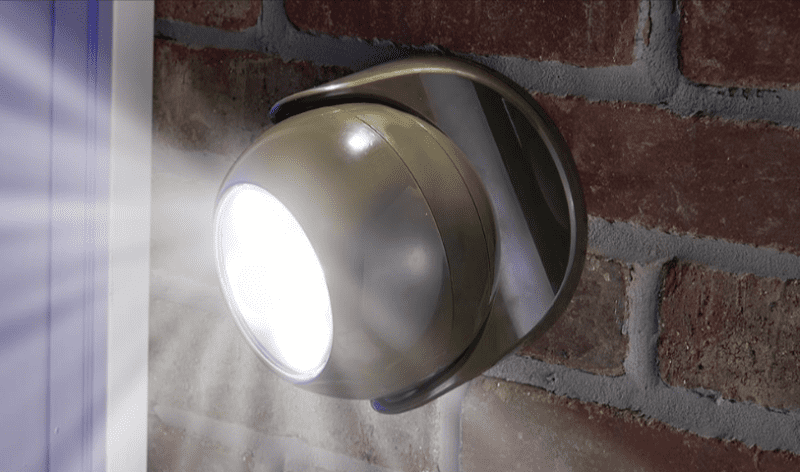Remote power switches operating at 433 MHz let you control your home’s electrical devices from up to 30m indoors through network-connected distribution units. You’ll manage loads up to 10A via web interfaces while monitoring temperature and current in real-time. Install a Matter-compatible hub supporting both 2.4GHz and 5GHz bands, then configure automated routines with condition-based triggers. Smart energy management can reduce your utility costs by 7.5-30%. The extensive system setup enhances your control potential.
Key Takeaways
- Install a Matter-compatible central hub to control and monitor multiple power switches through a single interface.
- Deploy wireless remote switches operating at 433 MHz for reliable control of devices up to 30 meters indoors.
- Configure automated schedules through web interfaces to manage high-draw appliances and prevent simultaneous power usage.
- Monitor real-time power consumption through smart switches to identify usage patterns and implement energy-saving adjustments.
- Set up intelligent load management across circuits using smart plugs to achieve 7.5-30% utility savings.
Understanding Remote Power Switch Technology
Remote power switch technology enables precise control over electronic devices through network-connected distribution units that operate at 433 MHz frequencies.
You’ll find these power distribution units equipped with transmitters and receivers that facilitate wireless communication up to 30m indoors and 100m outdoors.
The system’s core functionality integrates temperature and current monitoring with self-powered mechanisms, allowing you to manage connected devices drawing up to 10A.
Through web interfaces and SNMP protocols, you can remotely execute power cycling, schedule automated operations, and monitor environmental conditions.
This remote control technology eliminates the need for physical access while maintaining secure network management capabilities.
Benefits of Smart Energy Management
While traditional energy management relies on manual oversight, smart energy management systems deliver quantifiable benefits across multiple operational vectors.
You’ll achieve 7.5-30% utility savings through automated consumption improvement and load-shifting during peak periods. Energy monitoring reveals waste patterns and usage spikes, enabling your system to make predictive adjustments via IoT sensors and machine learning algorithms.
Real-time consumption trends analysis allows fault detection for up to 9% supplementary savings while extending equipment life.
The system integrates with renewable sources and smart grids, reducing your carbon footprint and grid dependency. You’ll gain improved resilience against energy price volatility while maintaining ideal indoor comfort conditions.
Setting Up Your Home Control System
To establish an effective home control system, begin by selecting a Matter-compatible central hub that serves as your primary command center. Confirm your network management strategy accommodates both 2.4GHz and 5GHz bands for ideal device integration.
When implementing setup procedures, utilize QR codes for secure device pairing and room-based organization.
- Configure automation routines through condition-based triggers for energy enhancement
- Enable voice control integration with Alexa, Google Assistant, or Siri
- Implement hub compatibility checks before purchasing new smart devices
- Utilize platform-specific apps for streamlined device management
Follow systematic firmware updates and maintain network stability through regular connectivity verification.
Your hub’s placement greatly impacts overall system performance, so position it centrally for maximum coverage.
Best Practices for Power Usage Optimization
Optimizing power usage starts with integrating intelligent load management protocols across your home’s electrical circuits.
You’ll need to implement power scheduling through PDUs while monitoring circuit loads via your EMS dashboard. Regular energy audits help identify consumption patterns and opportunities for automated adjustments.
Deploy smart plugs on high-draw appliances and configure them to prevent simultaneous activation during peak periods.
Upgrade to LED lighting circuits controlled by occupancy sensors. Your EMS should maintain circuit load balancing by distributing power demands across different zones, while IoT-enabled devices share real-time usage data for system-wide optimization.
Security Features and Safety Protocols
Since effective home power management requires robust security measures, implementing multi-layered protection protocols safeguards your electrical systems from unauthorized access and tampering.
Your remote power control interface must integrate UL-certified security protocols and automated tamper alerts to guarantee system integrity.
- HTTPS encryption with multi-factor authentication prevents unauthorized remote access
- Anti-tamper switches and ruggedized enclosures protect physical connections
- SNMP traps and redundant alert pathways provide real-time security notifications
- Role-based access controls restrict system permissions to authorized users
Configure IP whitelisting and audit logging to maintain thorough security oversight.
Implement automatic fail-safes and lockout/tagout procedures during maintenance to prevent accidental power engagement.
Cost Savings and Environmental Impact
While managing your home’s electrical systems effectively, integrating smart power control solutions delivers measurable cost reductions and environmental benefits through multiple optimization pathways.
You’ll achieve energy savings of 1.4-3.3% through home energy reports, while real-time monitoring can reduce consumption by 15%.
Smart plugs eliminate vampire loads from idle devices, and programmable thermostats optimize HVAC efficiency.
These eco-friendly practices decrease grid strain through off-peak usage scheduling and reduce carbon emissions by minimizing power waste.
IoT sensors and smart meters enable time-based pricing advantages, while digital twin modeling facilitates predictive energy management.
Conclusion
Remote power switching technology equips you with 120V/240V circuit control capabilities through Wi-Fi enabled relays and smart monitoring systems. You’ll achieve 15-30% energy savings through automated load shedding and peak-usage management protocols. Your integrated home control system, operating on AES-256 encryption standards, provides real-time power metrics and circuit-level consumption data. Implementation of IoT-based switches delivers both improved electrical efficiency and proactive surge protection.



